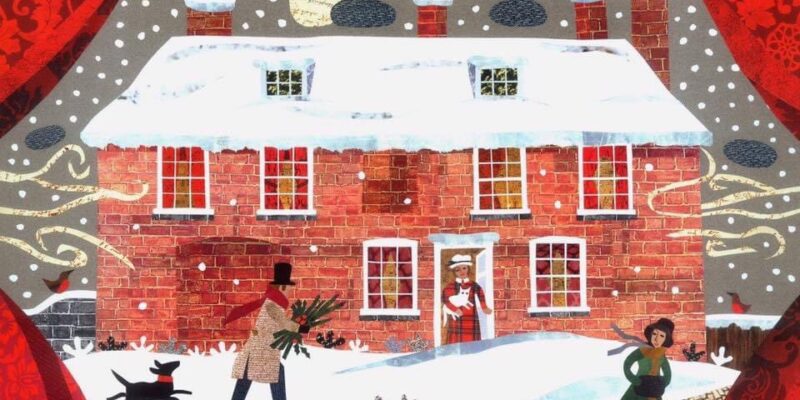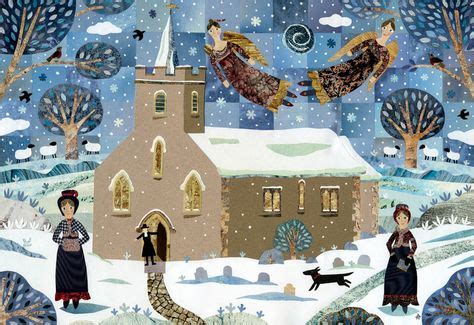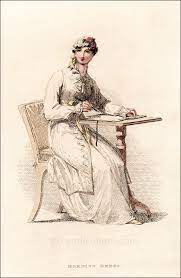Exhibition Review
Jane Austen Undressed
“Yes, and her petticoat; I hope you saw her petticoat, six inches deep in mud, I am absolutely certain! – Pride and Prejudice

One of the most famous scenes in British television history is Colin Firth’s Mr Darcy emerging from a swim in the lake being met by a breathless Elizabeth Bennet played by Jennifer Ehle.
If you are visiting the Jane Austen House Museum this summer, you can find THAT famous white shirt that Colin Firth wore, which is the centrepiece of the latest exhibition Jane Austen Undressed.
Filmed in 1995, the BBC series of Pride of Prejudice was watched by 13 million people every Sunday night. It is still one of the two most popular and memorable adaptations. What makes the series more romantic is knowing that Colin and Jennifer fell in love whilst working on set, although they separated just over a year later.
Andrew Davies wrote the wet shirt scene into the screenplay (which is not in the novel) and originally had Mr Darcy removing his shirt and swimming partially naked. However, as Colin wrote in his autobiography that on the day of filming it was so cold that he kept his shirt on.. and the rest is history.
You can find the Jane Austen Undressed pieces in the bedroom upstairs where Jane’s brothers would sleep when they visited. The selection of pieces shows the undergarments that Jane’s heroes and heroines would have worn under their Regency clothing, with the main draw being the Colin Firth shirt.
Alongside Mr Darcy’s shirt is the petticoat Jennifer wore on the BBC show, and the pink corset worn by Anya Taylor-Joy’s Emma Woodhouse in the 2020 film Emma.
The curator Sophie Reynolds said she was sure that Jane Austen fans would be thrilled to see the shirt which has been in the hands of a professional costume company.
If you love the adaptations of Jane Austen novels, you will enjoy seeing this collection. The Museum has also moved some of the furniture around and added items to the displays which will give your visit a fresh feel, especially if you an annual passholder like me. There is a wonderful selection of fashion prints from La Belle Assemblee on display and alongside Jane’s, a lock of Mr Austen’s bright white hair.
The exhibition runs until 2 October.
See our EVENTS page to coincide your visit with a local event.
Plan your visit to Jane Austen Undressed at Jane Austen House Museum.
You can see where Mr Darcy swam in the lake at Lyme Park in Cheshire: www.nationaltrust.org.uk/lyme.






























